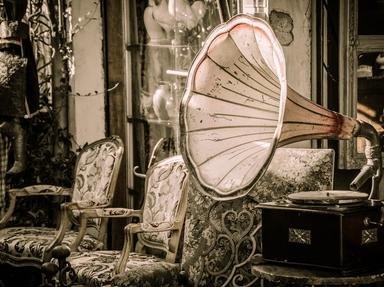Quiz Answer Key and Fun Facts
1. Pope Urban VII issued the first known ban on smoking in 1590. What was the penalty for violating his edict?
2. A British king, better known in connection with a translation of the Bible, was an early anti-tobacco activist. Which ruler published a treatise entitled "A Counterblaste to Tobacco"?
3. In 1624 Pope Urban VIII prohibited Catholics from using the powdered form of tobacco known as snuff due to the violent fits of sneezing it caused when users sniffed it. Why did the sneezing concern the Pope?
4. The Massachusetts Bay Colony became the first British colony in America to enact any sort of ban on smoking. What caused the colonists to restrict the use of tobacco?
5. Which modern European leader was the first to promote anti-tobacco policies?
6. France experimented with a "medical tobacco" law similar to the medical marijuana laws in effect in some countries and several US states.
7. A 1908 New York City's Sullivan Ordinance prohibited women from smoking in public places. How many women were arrested for violating this law while it remained in effect?
8. In 2004 what country became the first in Europe to ban smoking in all workplaces, including bars and restaurants?
9. Between 1890 and 1920, the sale, manufacture and possession of cigarettes were made illegal in 15 U.S. states.
10. In what year did the United States Senate agree to ban smoking in its chamber?
Source: Author
wilbill
This quiz was reviewed by FunTrivia editor
bloomsby before going online.
Any errors found in FunTrivia content are routinely corrected through our feedback system.

